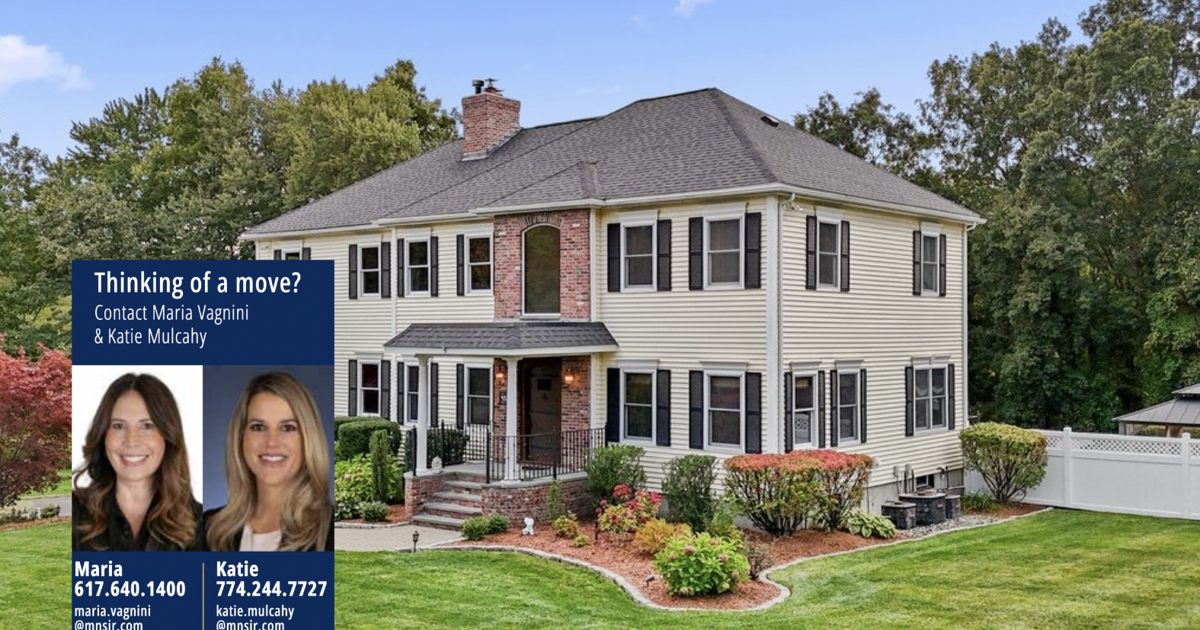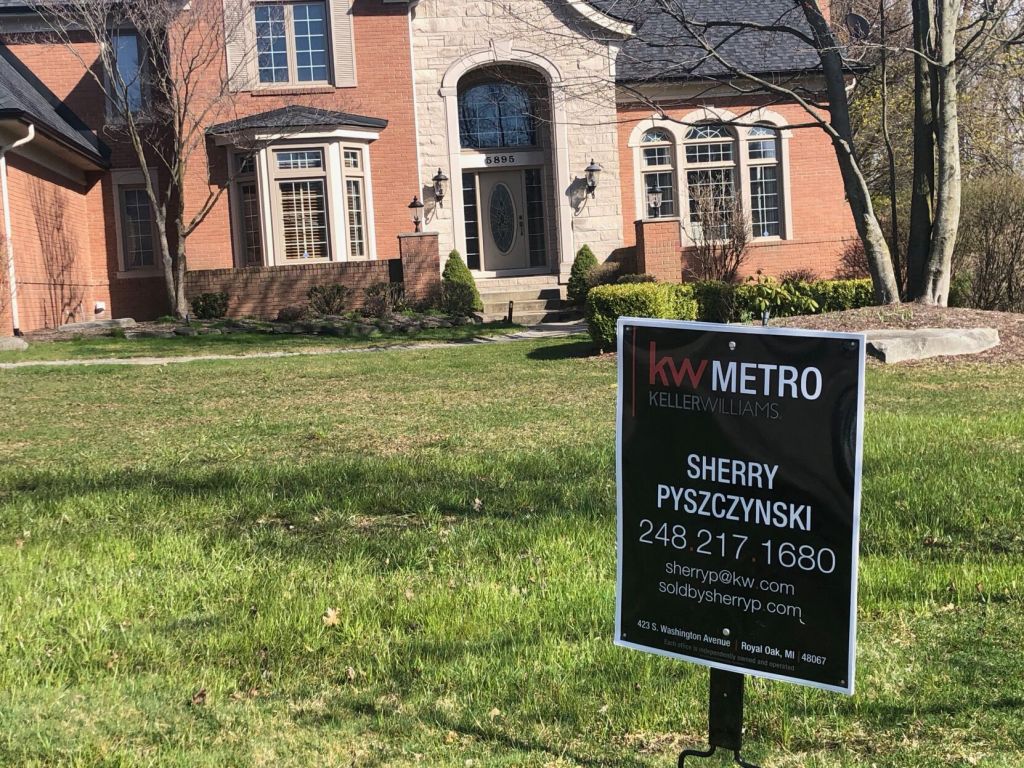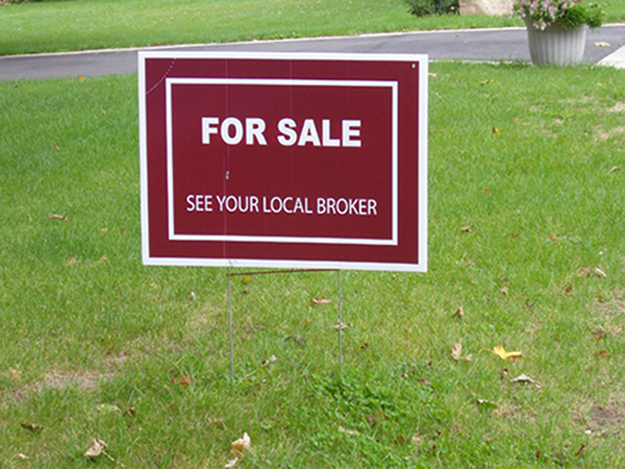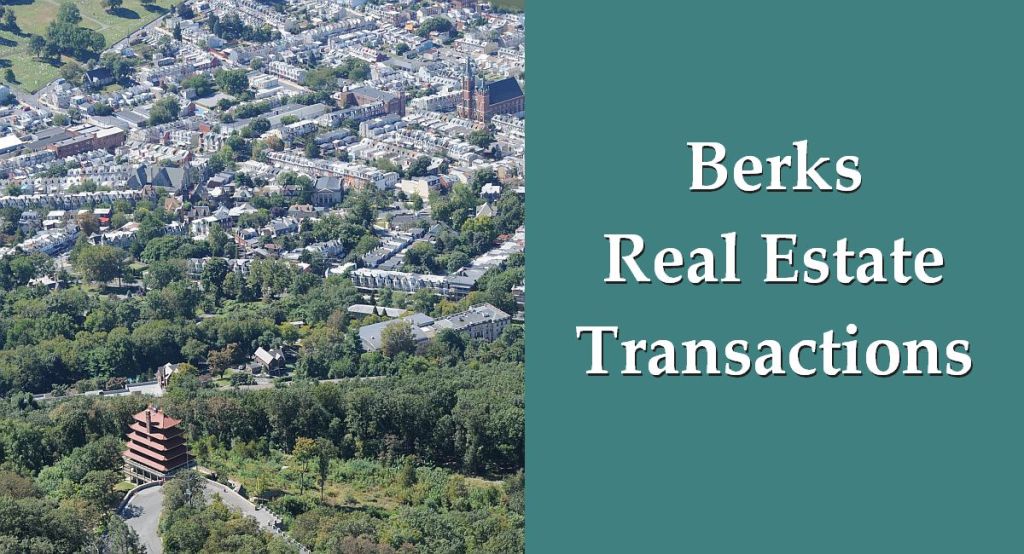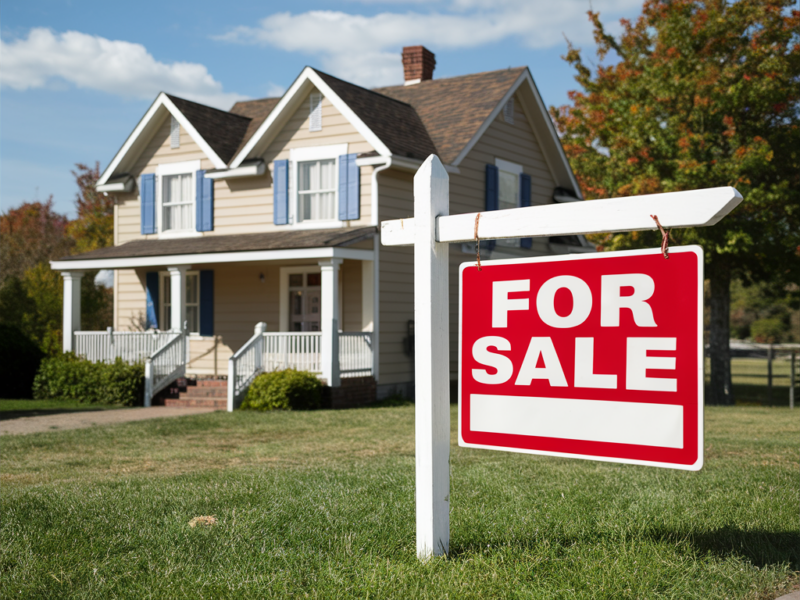T
he American Dream is slipping further out of reach for many, as the nation grapples with a housing crisis that's leaving millions of people priced out. The shortage is stark: an estimated 3.7 million homes are missing from the market, according to Freddie Mac economists. This shortfall has been building since the financial crisis of 2008, when homebuilding activity plummeted.
Construction companies had overbuilt during the housing bubble, and then struggled to recover as credit dried up and unemployment soared. Since then, new home construction has failed to keep pace with demand. In fact, for every 100 new households formed in the decade after 2008, only about 100 housing units were added – a far cry from the average of nearly 130 new units per 100 households since the mid-1970s.
The labor shortage in the construction industry is another major hurdle. There are roughly 1 million fewer workers in construction trades today than there were in 2007, according to the Joint Center for Housing Studies at Harvard. This has made it difficult for builders to meet demand, even with a backlog of homes that could be built.
Local restrictions on development also play a significant role in limiting the supply of housing. Zoning laws and regulations can make it impossible or prohibitively expensive to build new homes, particularly in areas where detached single-family homes are the only option allowed. A recent study found that 20 million homes were unbuilt due to these restrictions, known as "NIMBYism."
Investors have also been buying up a larger share of homes on the market in recent years, with some estimates suggesting they now account for nearly 30% of all purchases. While this trend has contributed to the shortage, it's worth noting that many investors are simply individuals looking to rent out a spare unit or two.
The demand for housing is also driving up prices, particularly among millennials who are forming new households at a rapid pace. In 2023, millennials bought 38% of all homes, making them the largest category of buyers by age. As this generation continues to enter the market, it's likely that demand will only continue to rise – exacerbating the shortage and pushing prices even higher.

